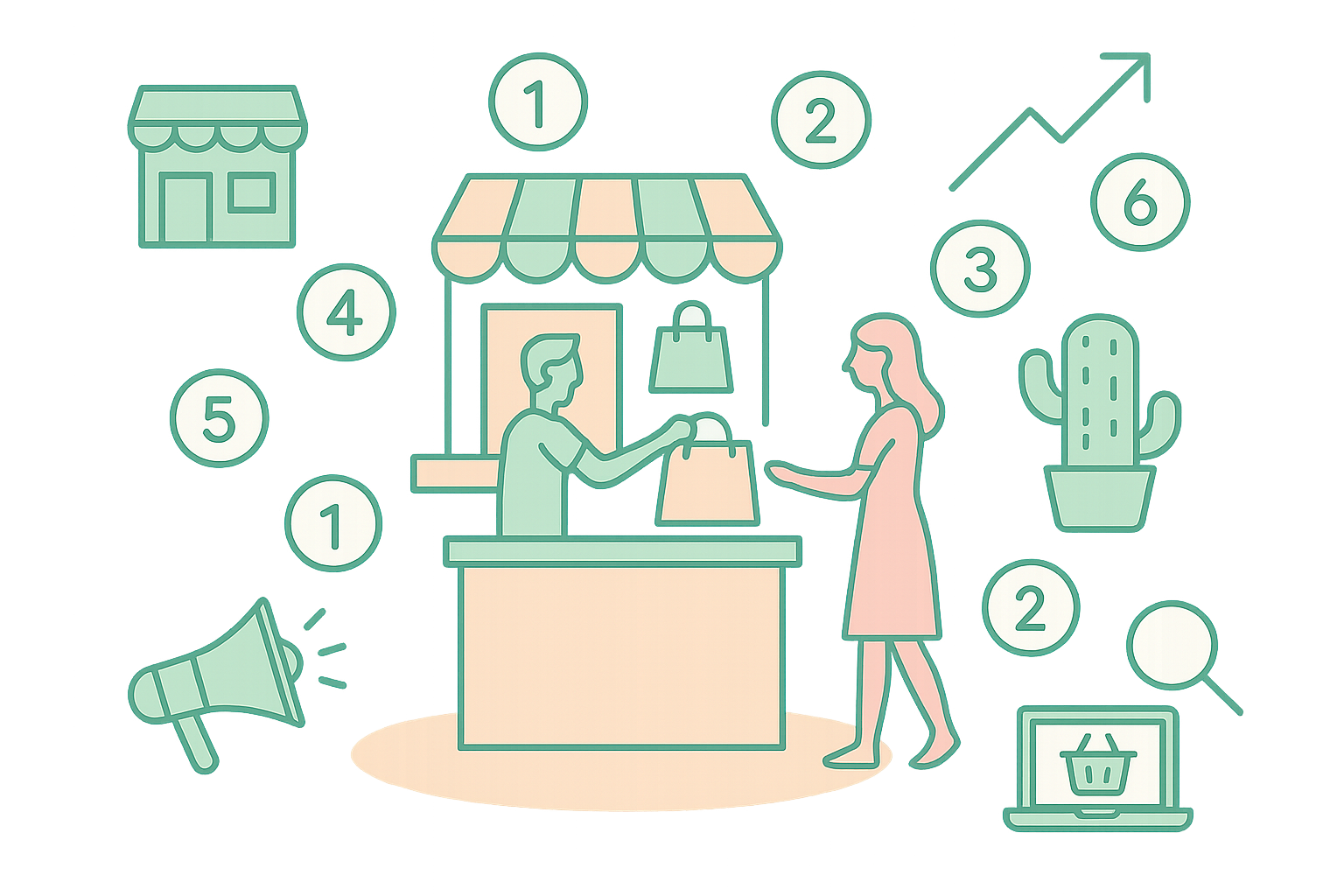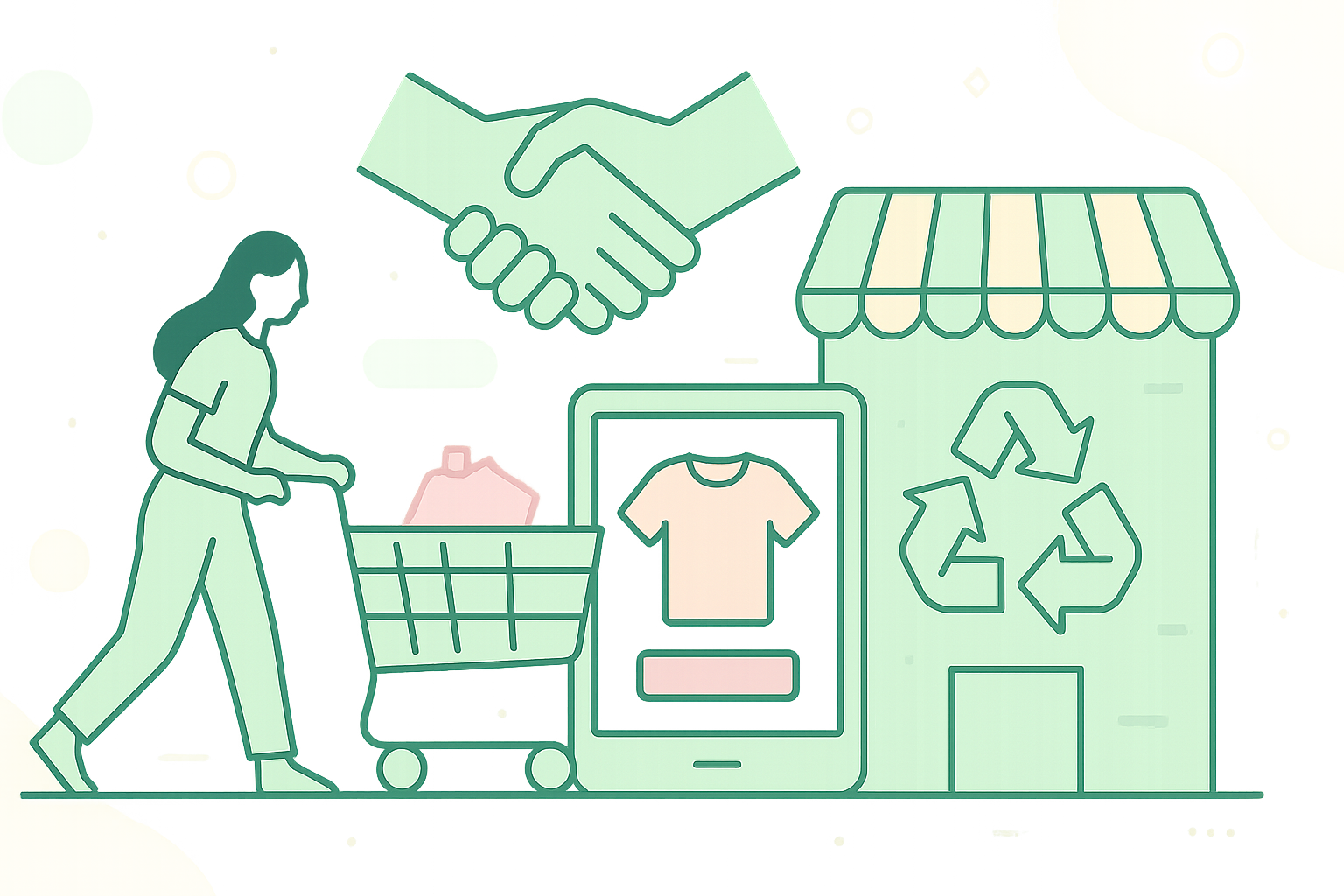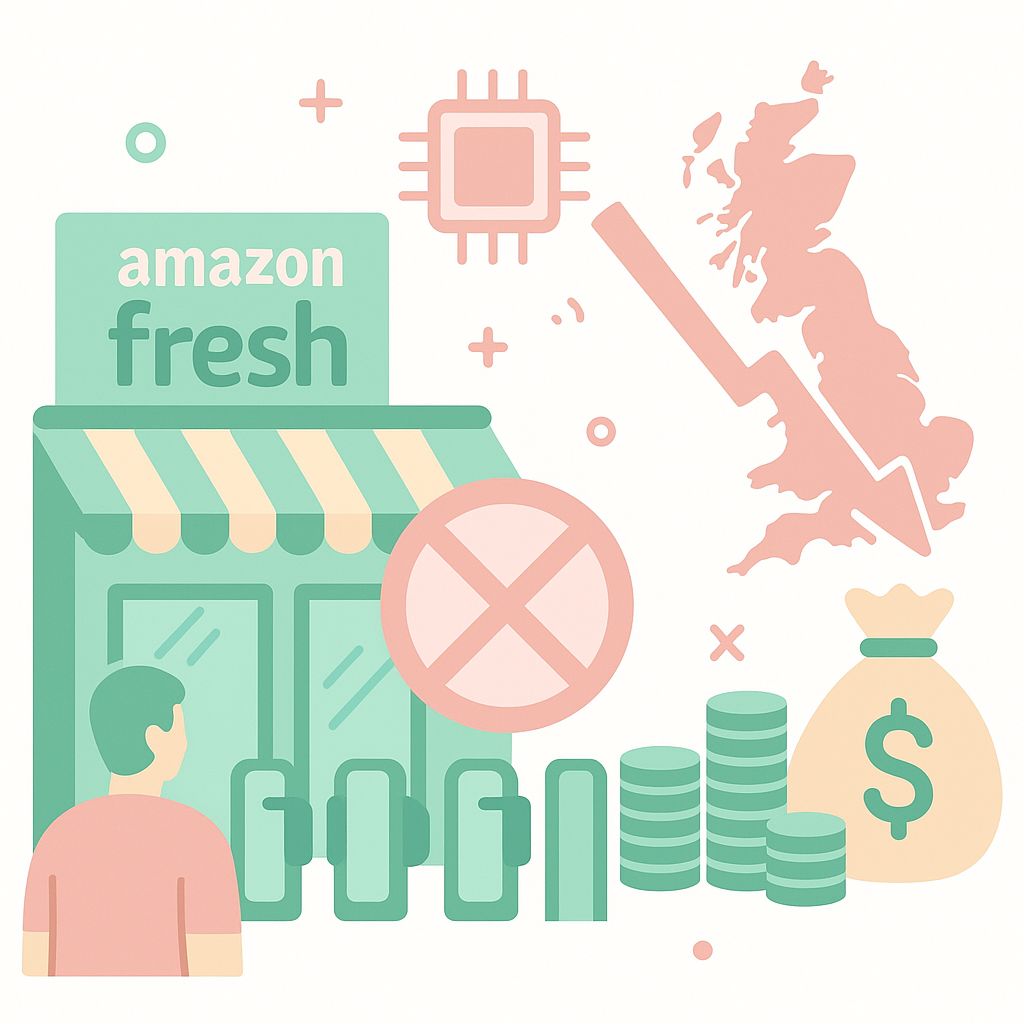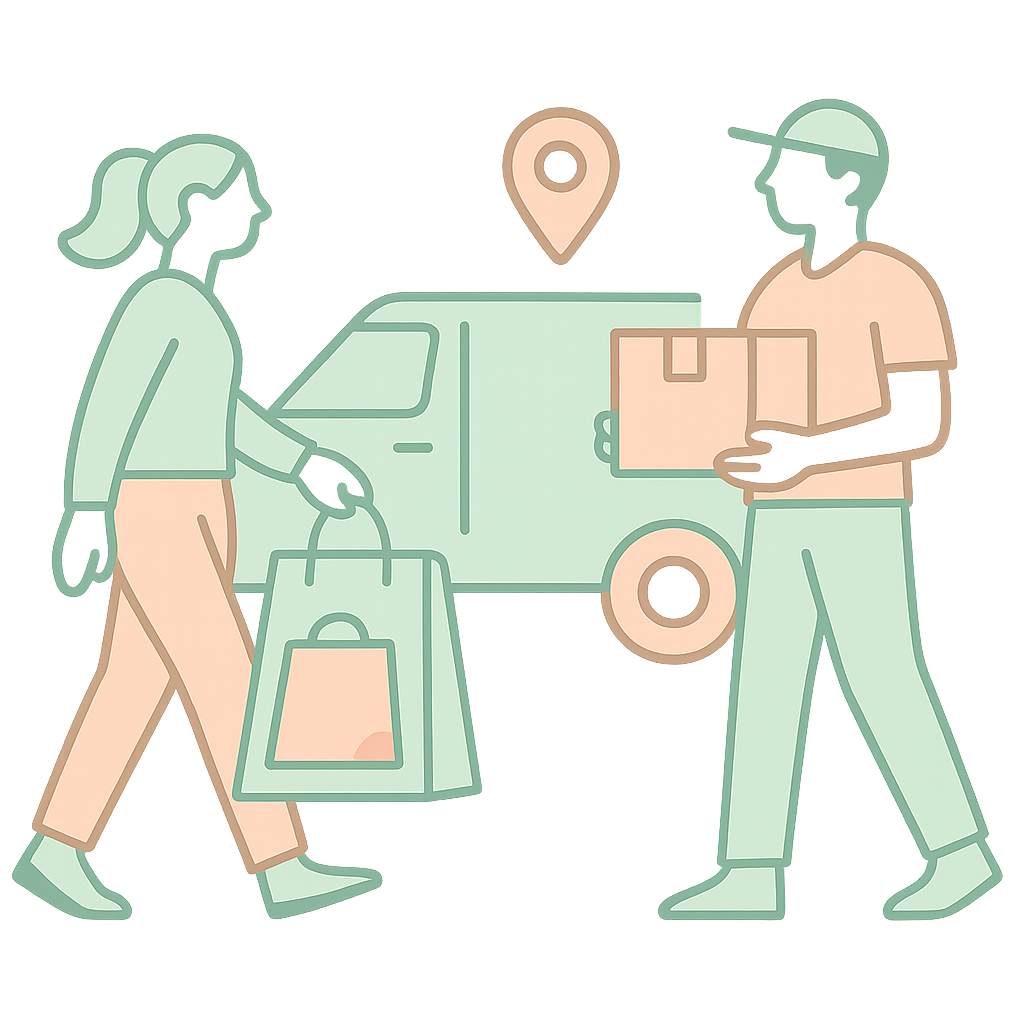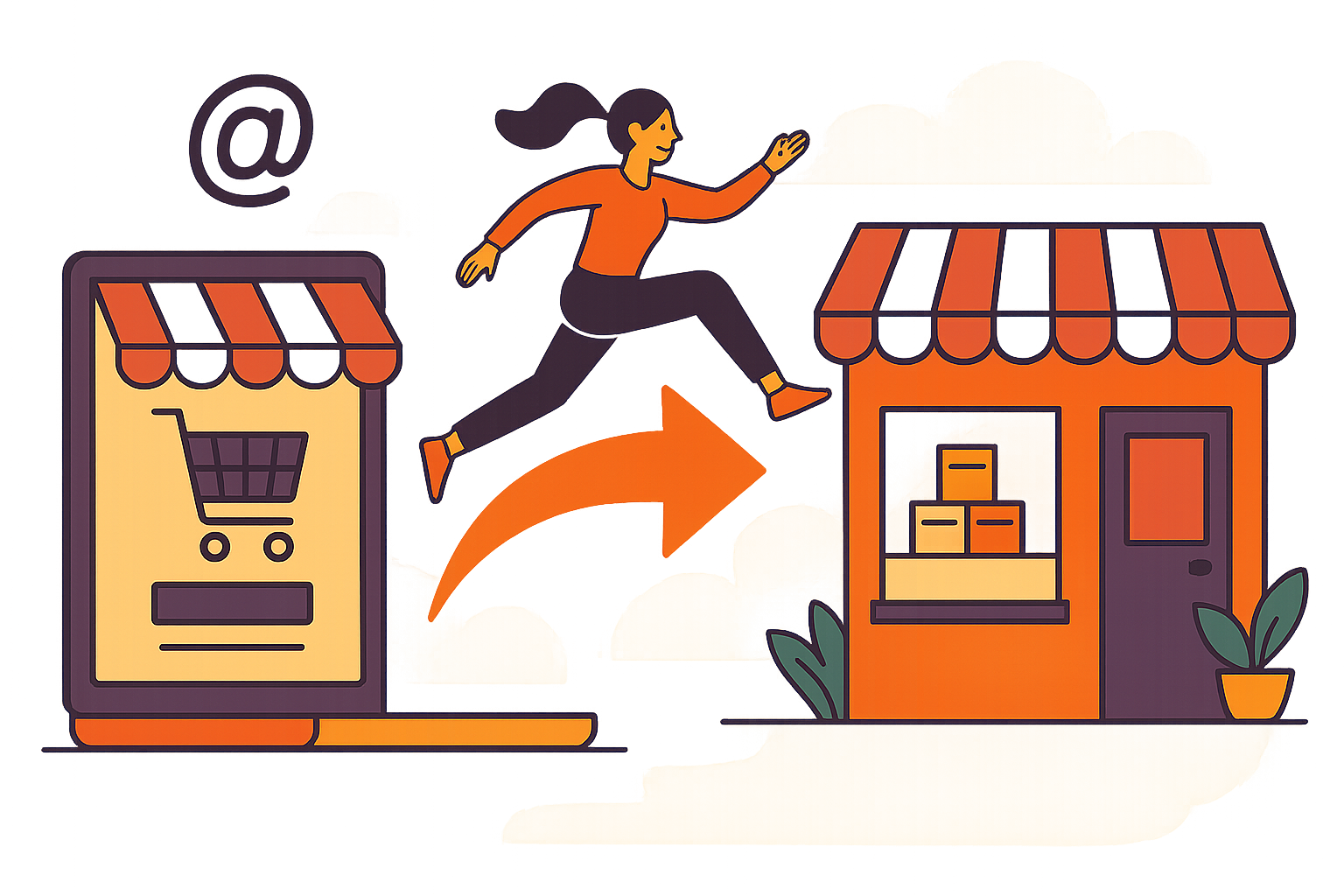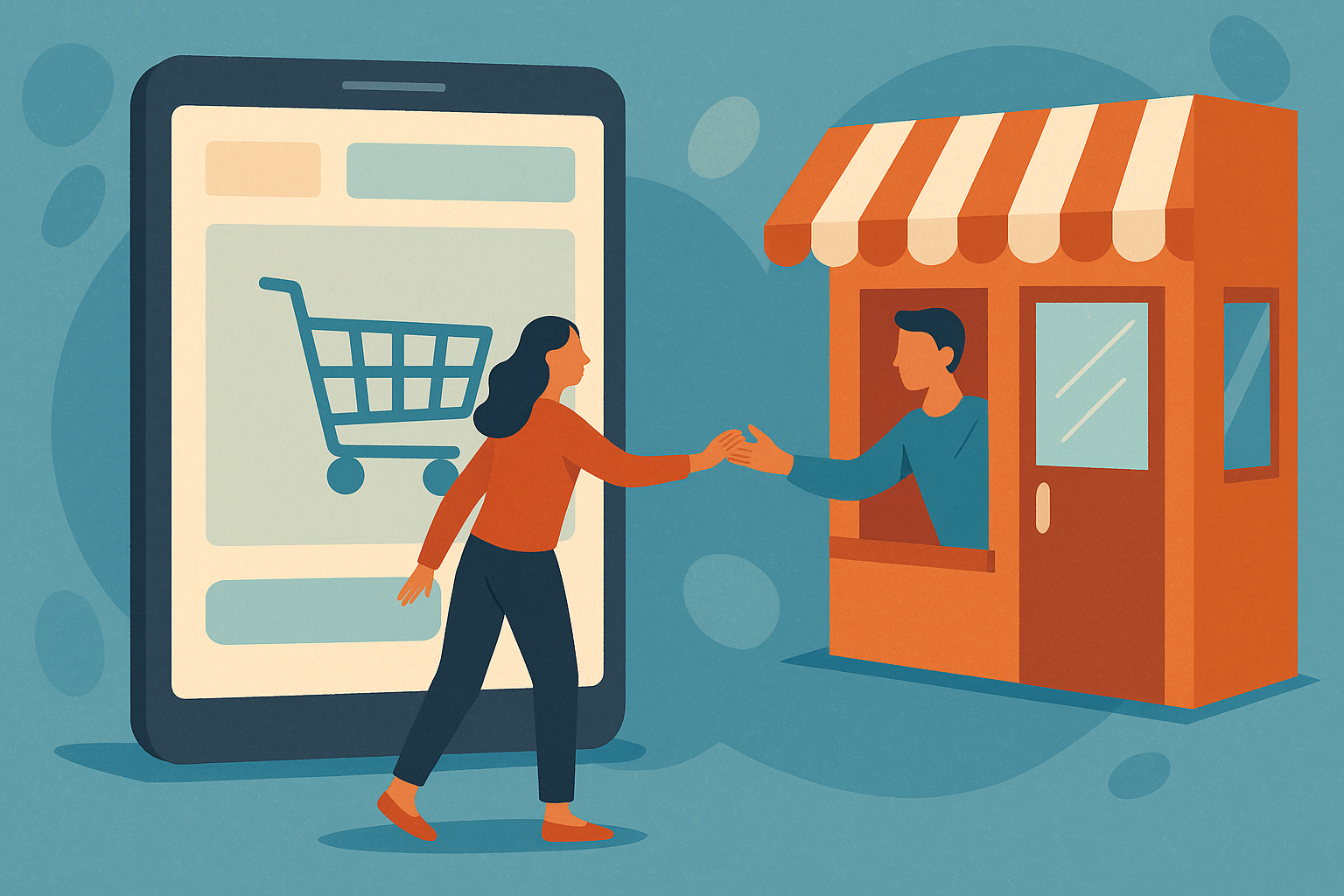Blog
Scan-and-Go vs Just-Walk-Out: The verdict
May 12, 2025

In 2025, self-checkout technologies like Scan and Go and Just Walk Out are reshaping physical retail, offering brands critical opportunities to enhance customer experience, streamline operations, and stay competitive. Both systems aim to eliminate checkout friction, but their approaches differ significantly, impacting why brands should prioritize them. Below, we compare the two and explain their relevance for retail brands, building on the importance of self-checkout in physical retail environments.
Scan and Go: Active Customer Participation
How It Works: Customers use a smartphone app (or better yet, a web-app!) or store-provided scanner to scan item barcodes as they shop, adding them to a virtual cart. Payment is completed via the app, and customers exit after a potential verification (e.g., receipt check).
Key Features:
- Customer-Driven: Shoppers actively scan items, giving them control over the process.
- Tech Requirements: Relies on customers’ smartphones or store devices, requiring app downloads or hardware pickup.
- Integration: Often integrates with loyalty programs, offering real-time promotions and personalized offers.
- Cost: Lower upfront costs compared to Just Walk Out, as it uses existing infrastructure (e.g., barcodes, apps) with minimal store retrofitting.
- Security: Susceptible to theft (intentional or accidental), mitigated by audits, exit checks, or AI monitoring for irregular scanning patterns.
Why Brands Should Care:
- Customer Empowerment: Scan and Go appeals to tech-savvy shoppers (especially Millennials and Gen Z, with 56% of Gen Z favoring assisted checkouts) who value autonomy and speed, boosting satisfaction and loyalty.
- Data Insights: Tracks scanning behavior, providing brands with granular data on shopping habits to refine inventory, planograms, and targeted marketing.
- Cost-Effective: Minimal hardware investment makes it accessible for brands of all sizes, with apps like LS Retail’s ScanPayGo integrating seamlessly with existing POS systems.
- Scalability: Ideal for grocery, convenience, and big-box stores, with adoption expected to triple by 2027 due to its flexibility across retail sectors.
- Challenges: Theft risks (up to 1% added product loss for 10% of sales via Scan and Go) and customer tech adoption (e.g., app downloads) require robust training and security measures.
Just Walk Out: Passive, Frictionless Experience
How It Works: Shoppers enter a store (via app, card, or biometric scan), select items, and leave without scanning or manual checkout. AI, computer vision, cameras, and sensors (e.g., weight sensors, RFID) track items and charge accounts automatically. Examples include Amazon Go, Aldi Shop & Go, and Sainsbury’s SmartShop Pick & Go.
Key Features:
- Seamless Automation: No customer action required beyond entry; the system handles tracking and payment.
- Tech Requirements: Heavy investment in cameras, sensors, and AI, with costs estimated at $1 million for a small store (e.g., Amazon Go’s Seattle store).
- Theft Prevention: Near-eliminates shoplifting through precise tracking, with Amazon claiming minimal loss in Go stores.
- Applications: Best suited for small-format stores (e.g., convenience, airports, stadiums) but scaling to larger formats like Amazon Fresh.
- Challenges: High costs, privacy concerns (e.g., camera surveillance), and occasional billing errors erode trust. Amazon scaled back Just Walk Out in 2024, replacing it with Dash Carts in some stores.
Why Brands Should Care:
- Unmatched Convenience: Eliminates checkout entirely, addressing the 60% of shoppers who cite long wait times as a major concern, ideal for high-traffic venues like stadiums (e.g., Seahawks’ store saw 85% transaction increases).
- Revenue Boost: Increases throughput and merchandising space by removing checkout counters, with third-party retailers reporting up to 112% sales growth per game.
- Rich Data: Provides detailed insights (e.g., product popularity, store navigation), enabling dynamic inventory and marketing strategies.
- Competitive Differentiation: Signals innovation, attracting younger demographics (only 5% of shoppers prefer Just Walk Out, but Gen Z adoption is growing).
- Challenges: High costs and privacy scrutiny limit scalability, and Amazon’s reliance on human review (e.g., 1,000 staff in India for receipt checks) suggests tech limitations.
Comparison: Scan and Go vs Just Walk Out
| Aspect | Scan and Go | Just Walk Out |
|---|---|---|
| Customer Effort | Active scanning required | Passive; no scanning needed |
| Technology | Apps, barcodes, minimal hardware | AI, cameras, sensors, RFID |
| Cost | Low; uses existing infrastructure | High; $1M+ for small store setup |
| Theft Risk | Higher; mitigated by audits, AI | Lower; precise tracking |
| Best For | Grocery, big-box, arts/crafts stores | Convenience, airports, stadiums |
| Data Insights | Scanning behavior, loyalty integration | Store navigation, product interaction |
| Adoption | Expected to triple by 2027 | Scaling, but slowed by costs/privacy |
| Challenges | Theft, tech adoption | Cost, privacy, billing accuracy |
Why Brands Should Prioritize Self-Checkout Technologies
Building on the earlier discussion of self-checkout’s importance, Scan and Go and Just Walk Out amplify these benefits, making them critical for brands in physical retail:
- Customer Expectations: With 70% of consumers preferring self-service and 85% abandoning lines after five minutes, both technologies meet demands for speed and convenience, driving loyalty.
- Operational Efficiency: Scan and Go reduces staffing needs at checkouts, while Just Walk Out optimizes space and labor, cutting costs in a tight-margin industry (e.g., grocery margins are ~1-3%).
- Data-Driven Growth: Both systems provide actionable insights, enabling brands to personalize offers, optimize layouts, and reduce stockouts, directly impacting revenue.
- Competitive Pressure: As retailers like Amazon, Aldi, and Sainsbury’s adopt these technologies, brands risk losing market share without similar innovations.
- Future-Proofing: Younger shoppers (Gen Z, Millennials) increasingly favor tech-driven experiences, and adoption of Scan and Go (26% preference) and Just Walk Out (5%) is growing, signaling long-term trends.
Which Should Brands Choose?
- Scan and Go: Ideal for brands seeking cost-effective, scalable solutions with strong loyalty integration. Best for grocery, big-box, or mid-sized retailers willing to invest in customer education and theft prevention. Its accessibility and projected growth make it a safer bet for widespread adoption.
- Just Walk Out: Suited for premium brands or high-traffic, small-format stores (e.g., airports, stadiums) where convenience and innovation justify high costs. Best for creating a futuristic brand image but requires careful management of privacy concerns.
Conclusion
Brands should care about Scan and Go and Just Walk Out because they address core retail challenges: customer satisfaction, operational costs, and competitive relevance. Scan and Go offers a practical, scalable entry point with robust data benefits, while Just Walk Out delivers a premium, frictionless experience for high-value settings. By adopting either (or both, contextually), brands can meet 2025’s consumer demands, optimize operations, and future-proof their physical retail strategy. The choice depends on budget, store format, and target audience, but ignoring these technologies risks falling behind in a tech-driven retail landscape.
More retail technology bits
